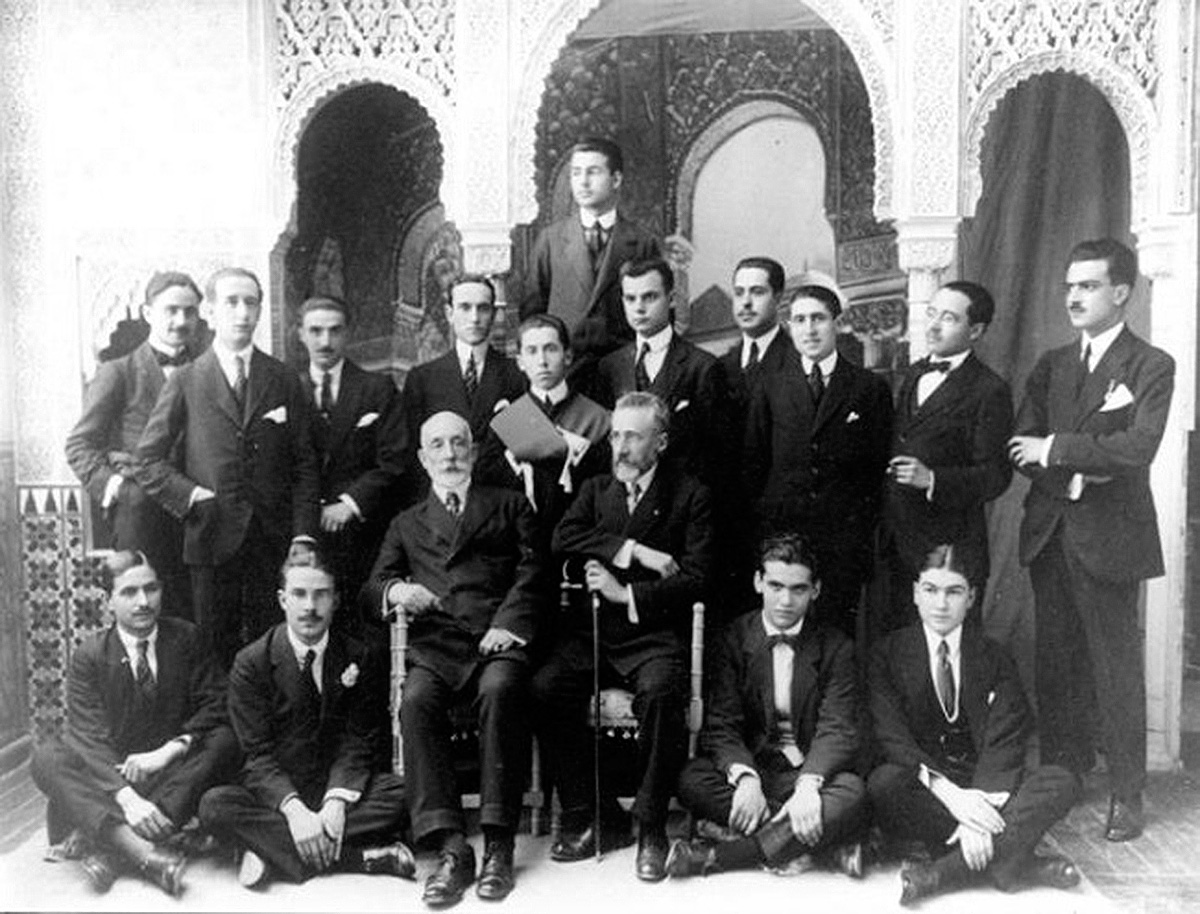In 1916, after passing the common preparatory course for Arts and Law, Federico García Lorca enrolled at the University. Although at first he began both degrees, later on, after finding it increasingly difficult to tackle certain subjects in Literature, he opted for Law, a career in which he graduated more by luck with certain professors than by studiousness and perseverance. Lorca finished his degree in 1923, between Granada and Madrid.

The most decisive fact in the Law School, apart from academic achievement, was his relationship with the professors Martín Domínguez Berrueta and Fernando de los Ríos, who had taken up his post in Granada in 1911. With Martín, a teacher influenced by the Free Teaching Institution, he established a close relationship and organized a series of study trips that allowed Federico to establish relationships with the institutions and culturally relevant personalities of each city between 1916 and 1917, in addition to learning about Spain’s heritage. It was in Baeza, on one of these trips (1916), where Federico was able to meet Antonio Machado. This meeting was decisive for Lorca, who during these years was torn between his first vocation, music, and his incipient literary vocation. Also in 1916, on a second trip, the students met Miguel de Unamuno, then dean of the University, in Salamanca.
The excursions led him to literature and inspired his first book, Impressions and Landscapes, published in 1918 and financed by his father. De los Ríos, who was to have a major influence on his life, encouraged him to go to Madrid to study at the Students’ Residence and gave him a letter of introduction for Juan Ramón Jiménez.